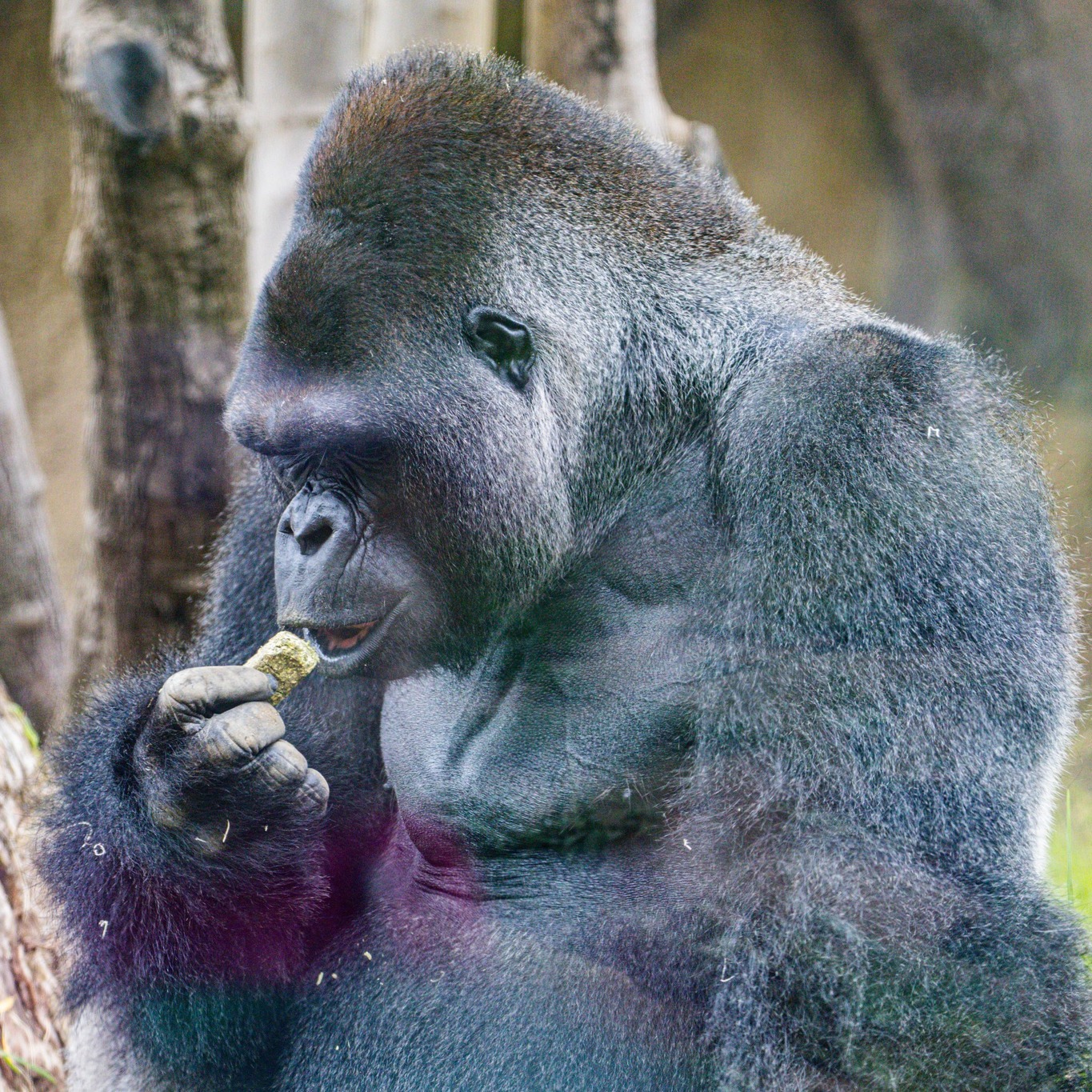- Analyzing the low success rate of New Year’s resolutions and why they often fail
- Comparing human goal-setting with animal behavior, focusing on Western lowland gorillas
- Exploring the diet and habits of Western lowland gorillas, highlighting their importance in ecosystems
- Discussing the conservation efforts for Western lowland gorillas and challenges they face
- Emphasizing the role of zoos in wildlife preservation and public education
New Year’s resolutions have long been a tradition that many people embrace, often with lofty goals. Yet studies repeatedly indicate that less than 10% of these resolutions result in success. This staggering statistic prompts further exploration into the factors contributing to the failure and how humans might learn from the natural world, where goal-setting is driven by instinct rather than desire.
When we look to the animal kingdom, particularly the Western lowland gorilla, we might gain insights into more consistent and perhaps sustainable behavior. Western lowland gorillas like Bangori exhibit behaviors that can offer lessons on perseverance and goal achievement. Bangori, with his ongoing commitment to green eating, defies the statistics that haunt human resolutions. Understanding why Western lowland gorillas are programmed for such patterns provides deeper comprehension of their habits and environment.
Western lowland gorillas inhabit mostly tropical forests in Central Africa. These primates are primarily herbivores, which means their diet predominantly consists of leafy greens, fruits, and shoots. Occasionally, ants or termites supplement their nutritional intake. Bangori, with his fondness for greens, mirrors the natural dietary habits of his species, sticking to available and accessible foods without deviating. This consistency illustrates a natural balance often disrupted in human goal-setting.
The dietary patterns of Western lowland gorillas extend beyond just eating preferences, reflecting a long-evolved adaptation to their environment. Their role as seed dispersers contributes significantly to the health and regeneration of their ecosystems. By consuming a variety of fruits, these gorillas propagate trees and plants, promoting biodiversity. Such ecological contributions underline the importance of their diet, which Bangori maintains even within confines like zoos. His preference for greens exemplifies how adherence to basic needs can support broader environmental health.
On the conservation front, Western lowland gorillas face myriad challenges. Habitat loss due to logging, mining, and agricultural expansion threatens their existence. Poaching and disease also pose significant risks, particularly Ebola, which has had devastating impacts on gorilla populations. Conservationists and scientists collaborate to devise intervention strategies aimed at protecting these primates. These efforts include habitat preservation, anti-poaching measures, and public awareness campaigns. However, the efficacy of these efforts often hinges on substantial local and international support.
Zoos play a critical role in conservation and public education. They serve as safe havens for Western lowland gorillas, allowing them to thrive away from the threats of their native habitats. Zoos also contribute to research and captive breeding programs. In doing so, they enhance understanding of gorilla behavior and genetics, which informs conservation strategies. Furthermore, zoos provide a platform for educating the public about the importance of primates and biodiversity.
Zoos like the one housing Bangori help bridge the gap between humans and the natural world. Observing animals like Bangori instills an appreciation for nature and heightens awareness of conservation challenges. And while Bangori’s goal of "eating more greens" might appear simplistic compared to human resolutions, it embodies a crucial message. Consistency, adaptation, and respect for natural instincts are key takeaways for anyone setting goals, whether personal or broader environmental aspirations.
Understanding the behaviors of Western lowland gorillas offers valuable insights into the interaction between species and their ecosystems. They embody resilience and adaptation, essential qualities mirrored in their ability to maintain balanced diets amid changing conditions. Through educational platforms, conservation efforts, and engaging observations like those of Bangori’s dietary habits, the public can gain a deeper appreciation of these remarkable primates and the essential ecosystems they support.
In reflecting on human endeavors such as New Year’s resolutions, there’s much to learn from the natural persistence and instinct-driven actions of animals like Western lowland gorillas. Their consistent pursuit of balance and sustenance aligns with a larger ecological framework that humans might wisely replicate in their personal and societal goals.
*****
Source Description
Research suggests that less than 10% of New Year’s resolutions are successful, yet Bangori and his goal of “eating more greens” show no signs of slowing down! 🌿😋🦍
Western lowland gorillas are mostly herbivorous though they will occasionally enjoy an insect meal here and there if ants or termites are available.
Alt-text: Bangori the Western lowland gorilla snacks on an herbivore biscuit. He lifts the rectangular green cube to his mouth while balancing it between his index finger and thumb.


